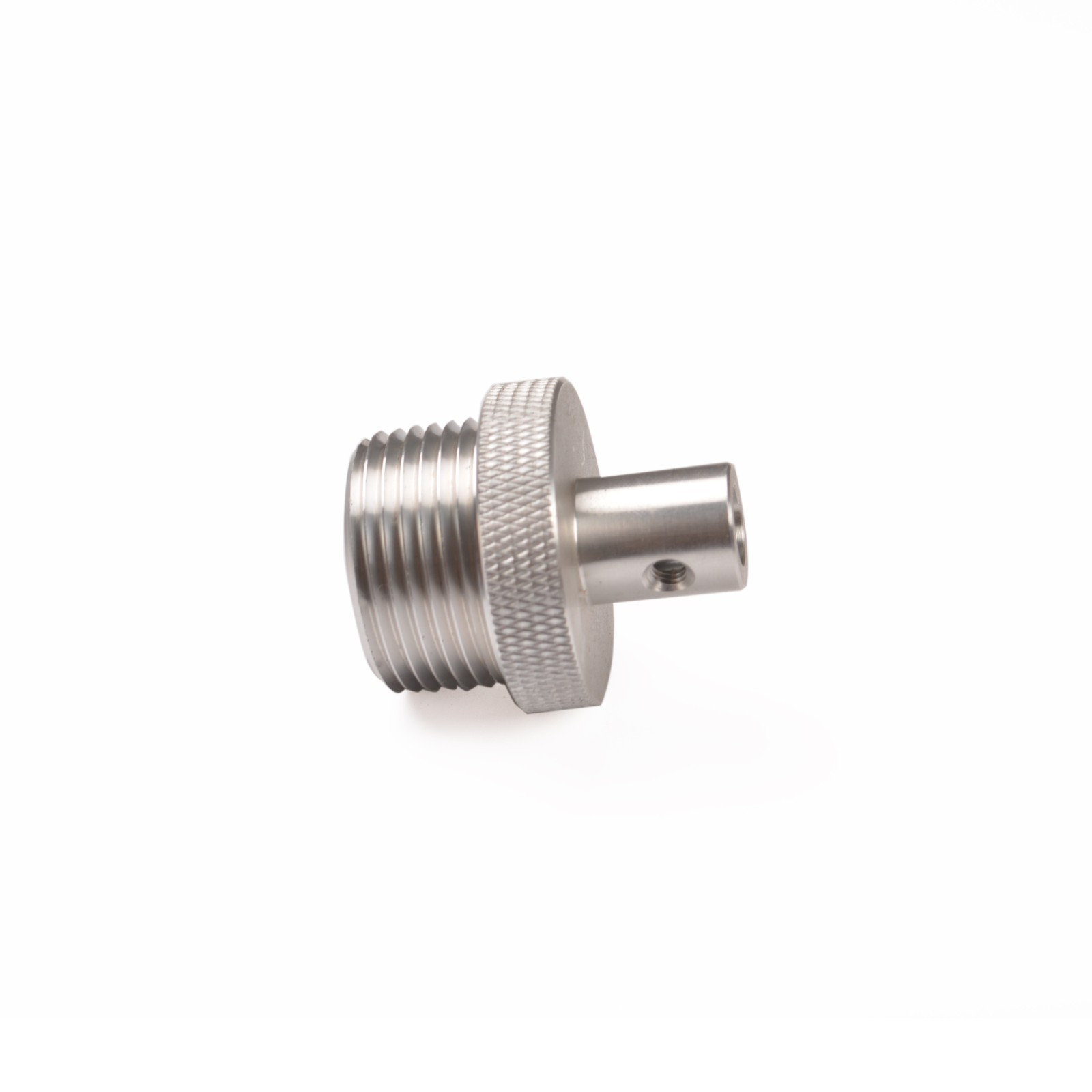
In mechanical engineering and machining, precise specifications and detailed drawings are crucial. Among the various elements in these drawings, fillets (rounded corners) and sharp corners (right angles) are significant features. Each serves specific purposes and offers unique benefits in the machining industry. Here, we will explore their meanings, uses, and advantages in detail.
Fillets (Rounded Corners)
Meaning:
Fillets are rounded transitions between two surfaces. They can be internal (concave) or external (convex) and are typically defined by their radius. Fillets are commonly indicated on engineering drawings with a radius dimension, such as R5, where 'R' stands for radius, and '5' represents the radius measurement.
Uses:
1:Stress Reduction: Fillets help in reducing stress concentration in parts. Sharp corners can act as stress risers where cracks and fractures may initiate. By incorporating fillets, the stress is distributed more evenly across the surface, enhancing the part's durability.
2: Improved Flow: In components where fluid or gas flow is involved, fillets help in streamlining the flow by minimizing turbulence. This is essential in industries like aerospace and automotive, where aerodynamic and hydrodynamic efficiency is critical.
3: Assembly Ease: Fillets facilitate easier assembly and disassembly of parts. Rounded edges are less likely to cause jamming or misalignment during the assembly process.
4: Aesthetic Appeal: Fillets contribute to the visual and tactile appeal of a product. Rounded edges are often perceived as more refined and finished compared to sharp corners.
Advantages in Machining:
. Tool Life: Fillets can extend the life of machining tools. When cutting tools engage with sharp corners, they experience higher stress and wear more quickly. Fillets provide a smoother transition, reducing tool wear.
. Reduced Chatter: Machining operations, especially at high speeds, can induce vibrations known as chatter. Fillets can help in minimizing these vibrations, resulting in a smoother finish.
. Enhanced Safety: Rounded edges are safer to handle, reducing the risk of injury during manufacturing and assembly processes.
Sharp Corners (Right Angles)
Meaning:
Sharp corners, also referred to as right angles, are intersections where two surfaces meet at a 90-degree angle without any radius or curvature. They are denoted on engineering drawings as direct intersections without additional markings for radii or chamfers.
Uses:
1. Precise Fit: Sharp corners are crucial for parts that need to fit together precisely without any play. They are often used in components that require tight tolerances and exact alignments.
2. Structural Integrity: In certain applications, sharp corners can contribute to the structural integrity of a part by providing distinct boundaries and support points.
3. Space Optimization: Sharp corners allow for the maximum use of space within a given volume. This is important in applications where space constraints are critical, such as in electronics and compact mechanical assemblies.
4. Functional Design: Some mechanical designs necessitate sharp corners for functional reasons, such as in gears, where the tooth profile requires precise angles for proper meshing and torque transmission.
Advantages in Machining:
. Ease of Manufacturing: Sharp corners can sometimes be easier to machine with basic tools and equipment, reducing the need for complex setups or specialized tooling.
. Material Savings: By using sharp corners, material usage can be optimized, reducing waste. This can be particularly beneficial in cost-sensitive projects.
. Simplified Inspection: Inspecting parts with sharp corners can be more straightforward as the measurements and alignments are more direct compared to curved surfaces.
Comparative Analysis
Stress Concentration:
. Fillets significantly reduce stress concentration, enhancing part longevity.
. Sharp corners can lead to higher stress concentration, potentially leading to failure under load.
Manufacturing Complexity:
. Fillets often require more sophisticated tooling and machining operations.
. Sharp corners can be simpler to produce with standard machining processes.
Application Suitability:
. Fillets are preferable in applications requiring durability, flow efficiency, and safety.
. Sharp corners are suitable for applications demanding precision, tight tolerances, and space efficiency.
Tool Wear and Maintenance:
. Fillets reduce tool wear and maintenance frequency due to smoother transitions.
. Sharp corners can increase tool wear due to abrupt changes in cutting direction.
Conclusion
In mechanical drawings, fillets and sharp corners serve distinct roles and provide unique benefits. Fillets are essential for reducing stress concentration, improving flow, and enhancing safety and aesthetics. Sharp corners are critical for precise fitting, structural integrity, and optimizing space. Understanding the appropriate application of each feature is crucial for mechanical engineers and machinists to design and produce efficient, reliable, and cost-effective components.

Copyright © 2025 Dongguan Yifeng Metal Co., Ltd. | All Rights Reserved